Via elearninginfographic, Laurent Picard
Get Started for FREE
Sign up with Facebook Sign up with X
I don't have a Facebook or a X account

 Your new post is loading... Your new post is loading...
 Your new post is loading... Your new post is loading...

Minerva Bueno's curator insight,
June 2, 2014 5:50 PM
"Si leí bien, hay un objeto de perfección que es el libro, el libro de papel tal como lo conocemos. ¿Por qué? Es hasta el momento la manera más segura de conservar y transmitir la información. Por tres razones. En primer lugar, creo que es el más práctico para leer, aunque ahora haya jóvenes que dicen: “No, yo leo mejor en el iPad”. Después, está el amor por el objeto. Si voy a mi sótano y veo mi “Pinocho” de cuando tenía 8 años y en el que había escrito cosas, me vuelven emociones que no encuentro en un disco que contiene el texto de Pinocho. Por último, teniendo en cuenta mi edad y si hubiera existido, no podría recuperar el disco de Pinocho porque se habría desmagnetizado. Eso es un problema: las computadoras cambian tanto que no sabemos cuál es la vida útil de un disco…" |

Matt Gleeson's curator insight,
June 11, 2014 8:07 PM
True Blended Learning is implemented as an enhancement of classroom or face-to-face delivery, rather than as a replacement for some of the face-to-face delivery time that would have been allocated otherwise . Blended Learning is a strategy for learning reinforcement and enhanced engagement by revising classwork (but not just rehash and repetition, engagement with the material in an alternate or as yet unfamiliar scenario), linking and extending onwards from classwork into the "next step" of the material, and/or attacking the coursework from another angle entirely, linking to what they learned in class, and looking at it in another way - for example, trades based training such as electrical workers where there are important aspects of the material to be learned in both the practical hands-on side of the training, as well as a strong requirement for integrating these hands-on skills with a significant theory component. Blended learning can be very effectively employed in a scenario such as this, where the practical aspects are taught face-to-face and the theory aspects, and how they directly relate to the practical, are taught via online learning. |



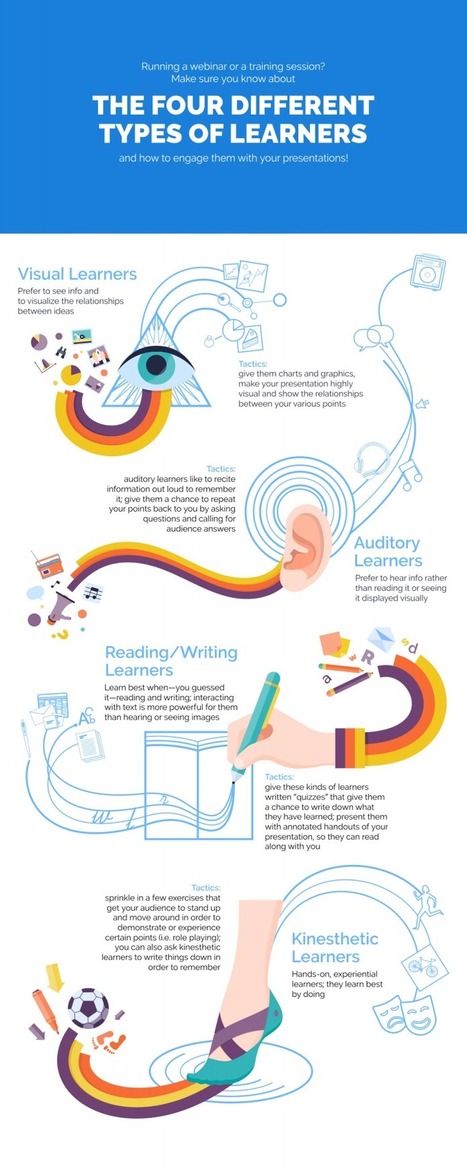

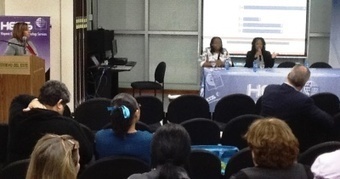





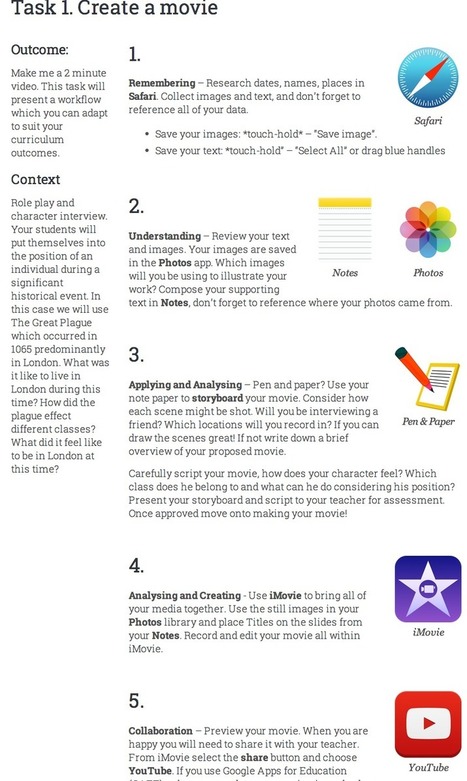





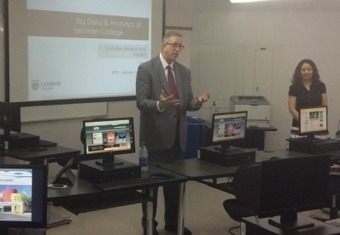



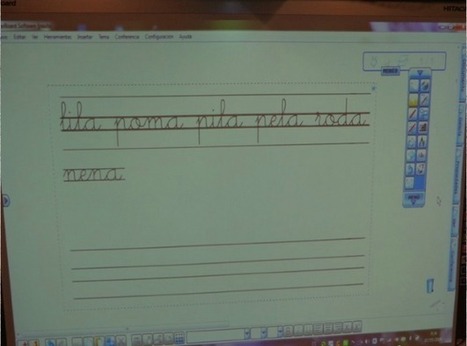










Through these article you will understand each particularity depending of the type of learner and which content is better for each one. It provides useful tips and explanations.